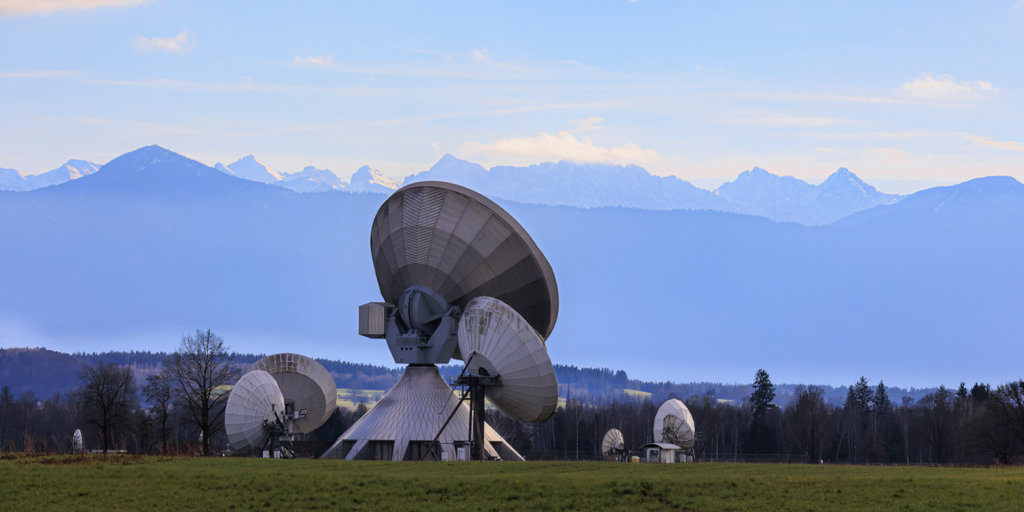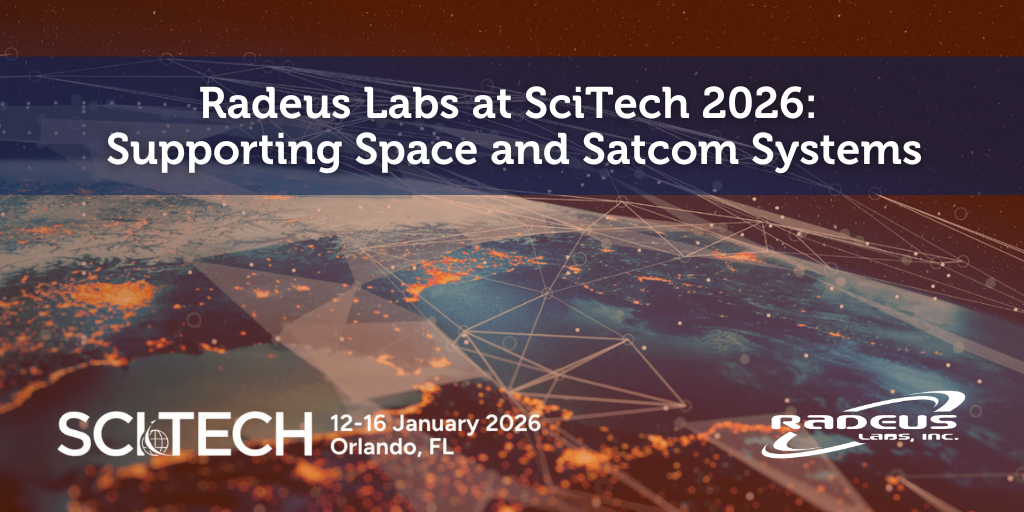For decades, satellite teleports have been mission-critical hubs for global communications, supporting everything from television broadcasts to military operations. But the industry is facing a stark reality: staffing levels at these facilities are steadily shrinking, even as the number of antennas—and the complexity of operations—continues to grow.
Facilities that once had full engineering teams now rely on skeleton crews. Yet, the demand for uninterrupted service, high-precision tracking, and efficient troubleshooting has never been higher. So how are businesses adapting to this new normal? The answer lies in smarter automation, predictive technology, and remote management.
Automation: The Backbone of Modern Teleport Operations
With fewer hands on deck, teleport operators need technology that works harder for them. Traditional antenna control systems required constant manual adjustments and on-site oversight, but modern solutions are changing that. Advanced antenna controllers, like the Radeus Labs RL8200L, automate tracking adjustments, reducing the need for technicians to fine-tune performance.
How does this help understaffed teleports?
- Automated Step Tracking – Instead of manual repositioning, advanced systems continuously analyze signal strength and adjust accordingly.
- Predictive Tracking – By learning satellite movement patterns, these systems can continue tracking even during signal loss.
- Velocity-Based Step Tracking – Real-time adjustments optimize tracking performance with minimal human intervention.
By leveraging automation, teleports can maintain the same—or even better—levels of accuracy and efficiency with far fewer personnel.
Predictive Analytics: Averting Failures Before They Happen
When staffing levels were higher, routine maintenance and troubleshooting were easier to manage. But with teams stretched thin, predictive analytics is becoming an essential tool.
Teleport operators still have just as many antennas to take care of, making it more important than ever that systems can communicate when issues arise.
Predictive analytics transforms maintenance from a reactive process to a proactive strategy. Instead of waiting for a failure to happen, advanced antenna control systems can monitor component health and provide early warnings about potential issues.
Key benefits of predictive analytics in teleport operations:
- Early Detection of Component Failures – Systems can detect motor degradation or encoder issues before they cause an outage.
- Lifespan Monitoring – Operators can track the wear and tear of critical components and plan replacements in advance.
- Minimized Downtime – By anticipating failures, businesses can schedule maintenance rather than dealing with unexpected shutdowns.
With predictive analytics, teleport operators gain greater control over their infrastructure, reducing emergency interventions and ensuring smoother operations.
Remote Access: Managing Teleports from Anywhere
With teleport teams working with minimal staffing, remote accessibility is no longer a luxury—it’s a necessity. Modern antenna controllers now support remote access via VPN connectivity, SNMP interfaces, and even legacy command emulation, allowing technicians to manage and troubleshoot systems from anywhere in the world.
The impact of remote access:
- Faster Response Times – Engineers don’t need to be physically present to diagnose and address issues.
- Cost Savings – Reducing travel expenses for site visits.
- Enhanced Security – VPN and SNMP integration provide secure, controlled access to antenna systems.
For companies operating multiple teleports or distributed ground stations, these capabilities are game-changers. Instead of relying on on-site personnel, businesses can centralize expertise and remotely support facilities in real time.
The Path Forward for Teleport Operators
The satellite industry certainly isn’t going back to the days of large on-site engineering teams. Instead, the future lies in leaner, more automated systems. Managing teleport sites in this way while keeping aging equipment operational is a critical challenge. Legacy antenna control units weren’t designed for today’s demands, making maintenance more difficult and increasing the risk of unexpected failures. The longer outdated systems remain in place, the harder it becomes to sustain efficient operations.
Managing remote teleport sites is already challenging, but outdated equipment only adds to the risk of unexpected failures. A proactive upgrade to modern antenna control systems ensures reliability, reduces downtime, and keeps operations running smoothly—even with fewer hands on deck. Learn more about how upgrading your ACU can mitigate risks and improve efficiency in our new guide: A Practical Upgrade for Aging Antenna Control Systems.
This guide will teach you:
- Why the RL8200L ACU is the most seamless and cost-effective upgrade for aging Vertex 7200 ACUs.
- How it provides a true drop-in replacement, minimizing infrastructure changes and downtime.
- The benefits of modern features like lower power consumption, remote access, and predictive tracking.
- And more!






